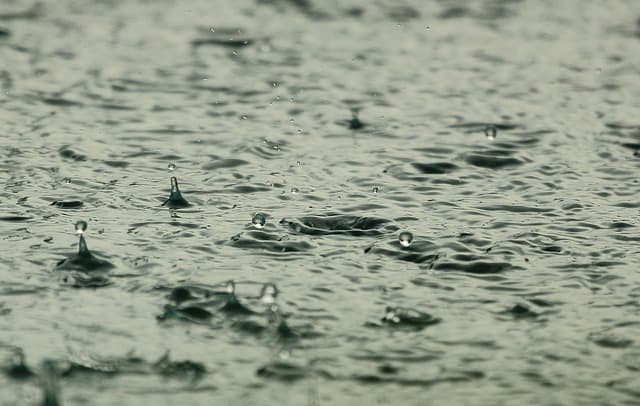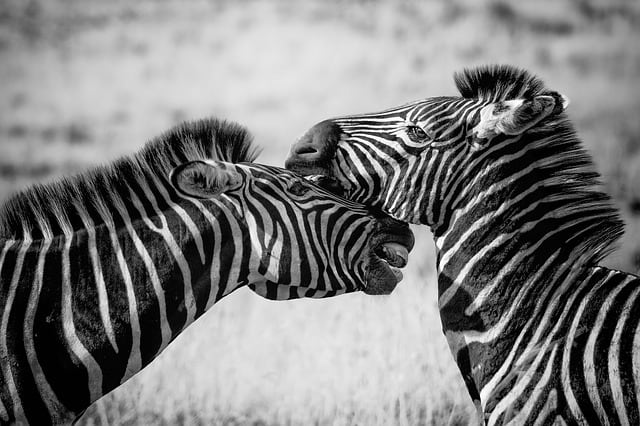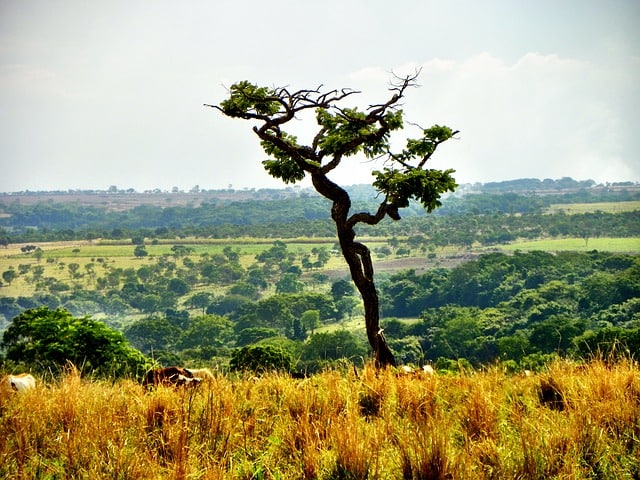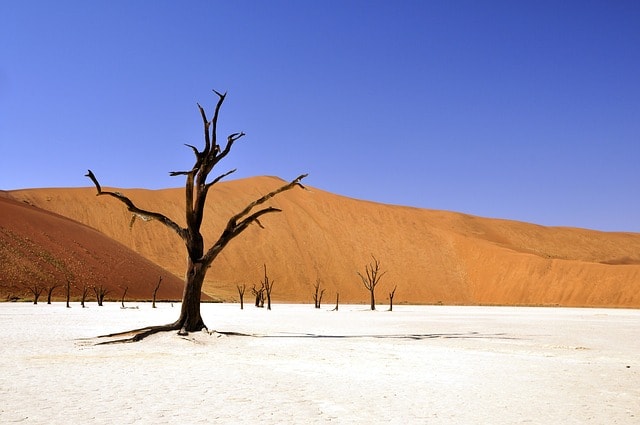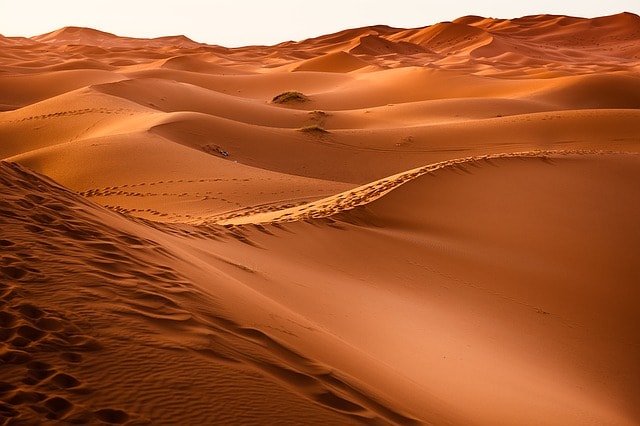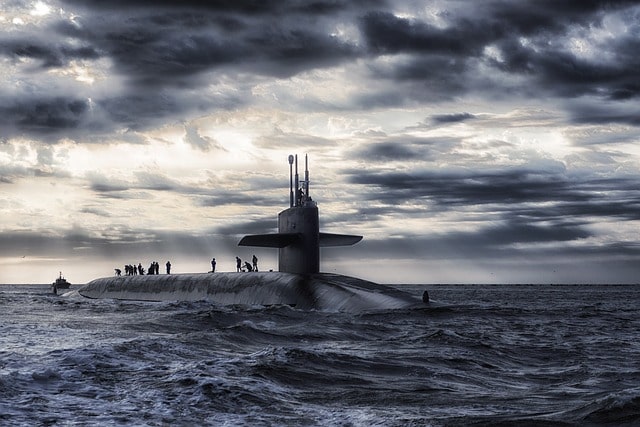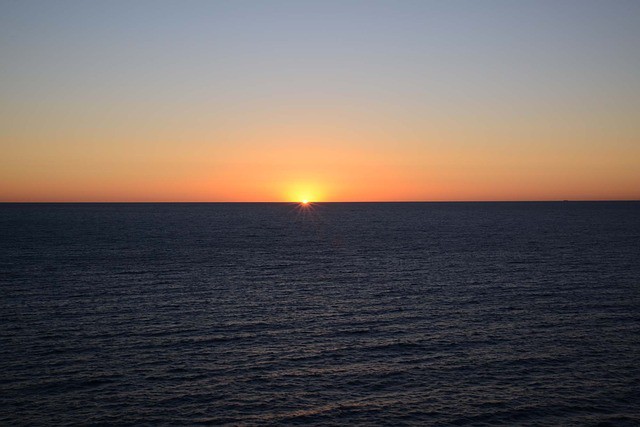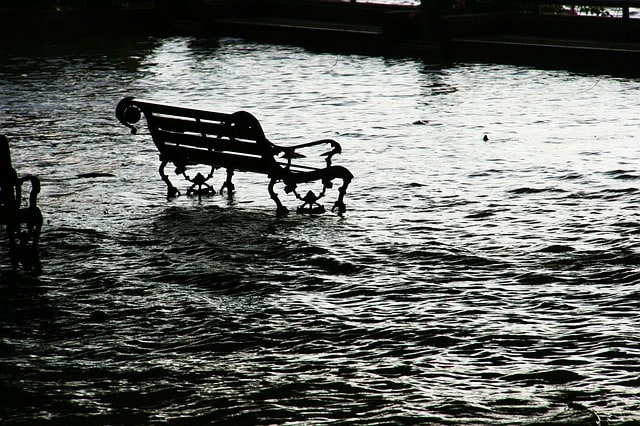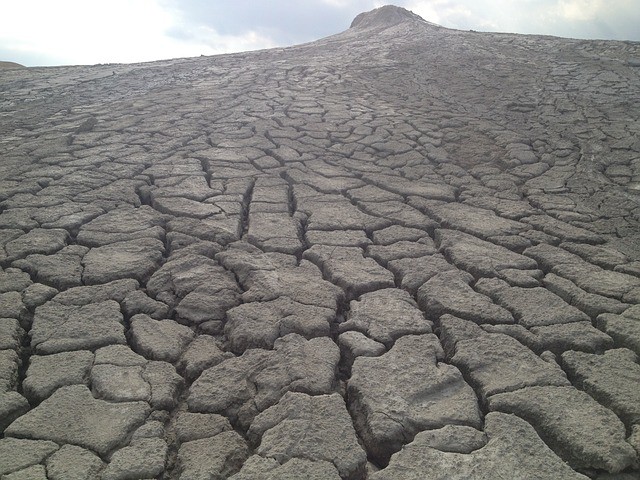How Can Rainfall Be Measured and 3 Main Types of Rainfall
First and foremost, rain is a form of precipitation that involves a downpour of condensed, super-cooled vapor as droplets of liquid water under the influence of gravity. Each droplet of water is usually greater than 0.02 inches (0.5mm) in diameter. Raindrops range in size up to about 0.13 inches (about 3mm) and the rate of…

